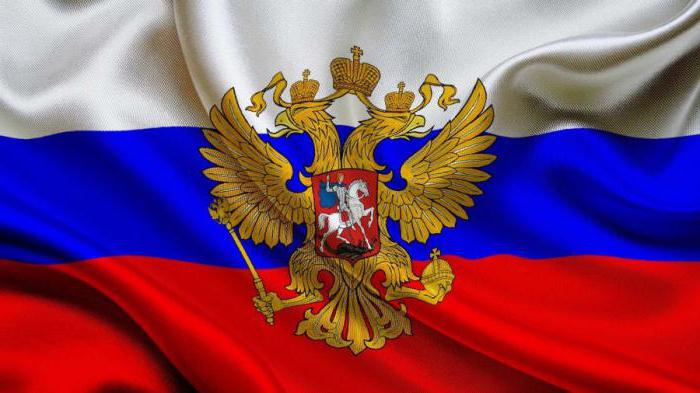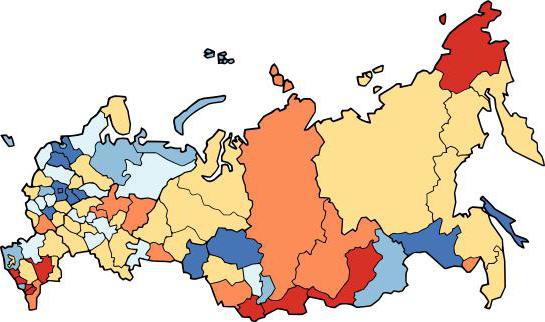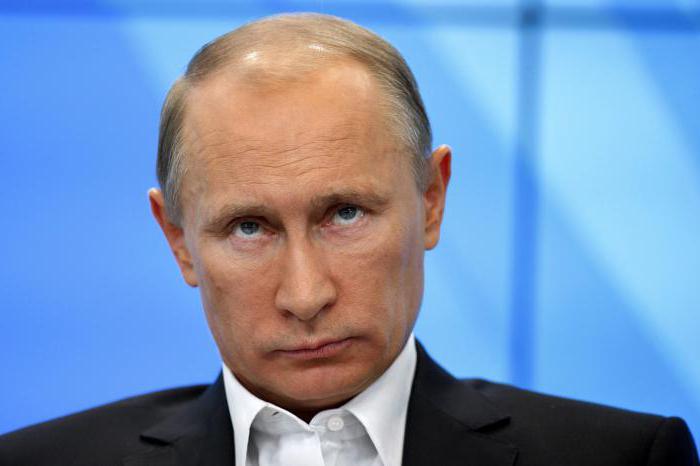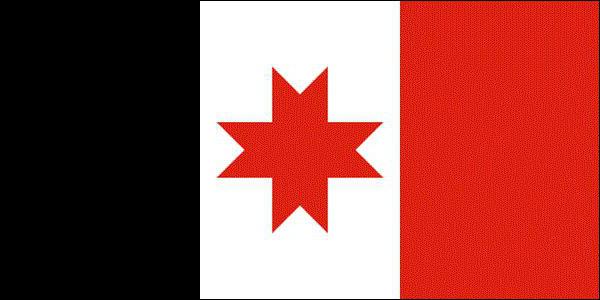Russia is the largest state on the globe. According to the territorial structure, it is a federation, i.e. it consists of independent state associations. They are called autonomies, or simply republics. The last of the formations that are now part of the Russian Federation was Crimea in 2014.

General information
The Russian Federation is divided into 85 administrative territories. Some of them are integral parts of Russia, while some are independent in internal governance and even have their own Constitution and state language. These are mainly territories where the majority of the population is indigenous. The list of republics that make up Russia includes 22 entities that were formed as a result of important historical events and other changes in the territory of the Russian Empire and the USSR. Some were formed in the 90s.

List of republics
Today, the following autonomous formations are part of Russia.
- Sakha Yakutia.
- Bashkortostan.
- Buryatia.
- Udmurtia.
- Komi Republic.
- Adygea.
- Dagestan.
- Mordovia.
- Ingushetia.
- Tuva.
- Kalmykia.
- Khakassia.
- Altai.
- Chuvashia.
- Karelia.
- North Ossetia Alania.
- Karachay-Cherkessia.
- Chechnya
- Kabardino-Balkaria.
- Mari El Republic.
- Tatarstan
- Crimea.

Constitutional status
The Republic of Russia has a unique position. In their internal decisions, they are almost independent. Thus, they have the right to establish an official state language and adopt their own Constitution, according to which they will live. Other subjects (such as regions or edges) are not given. Until recently, even leaders of these state associations had the status of president, but due to amendments to federal legislation, this status is now reserved only for the head of Russia.
Internal government
The republics of Russia had almost unlimited independence. Their laws could even contradict federal ones. The heads of republics were not always subordinate to Moscow. In some cases, this has led to unbridled local authorities. Perhaps this is why some regions of Russia at the end of the last century suffered a severe crisis, while others managed to survive and even show economic stability in the dashing 90s. However, Vladimir Putin significantly curtailed the independence of the republics and determined the superiority of federal legislation over local bills.

The leaders of the republics are now appointed by the president of Russia, but the applicant must be approved by the parliament of the administrative unit.
Almost all the republics of Russia experienced a period of active separatist movements. Somewhere they were powerful, for example, in Chechnya, somewhere - completely invisible. Active activities to split the country took place in Yakutia, Tatarstan, Bashkortostan. But all conflicts were resolved peacefully.

A bit of history
In the days of the existence of the Russian Empire, autonomous entities did not exist, there was a strict submission to the center - St. Petersburg. The first autonomies began to appear only after the fall of the autocracy in 1917. When a civil war had already ended in most of the state’s territory, the republics of Russia began to emerge on the territory of the former empire. Although autonomy appeared on the territory of the Central Asian possessions immediately after the February Revolution - in the summer of 1917, for example, the Kokand and Turkestan autonomies.
As for the areas already formed, these processes began to occur only in 1920 and later.The autonomy of its territories has already been given by the RSFSR - Russia. The Udmurt Republic was one of the first, although it was originally called the Votka Autonomous Region. The capital is the city of Izhevsk.

In the Russian Federation there are no major national and confessional performances. The black spot at all times will remain the Chechen operation. But you need to understand that in those events, external forces took an active part, which pushed local nationalists to obtain so-called independence.
